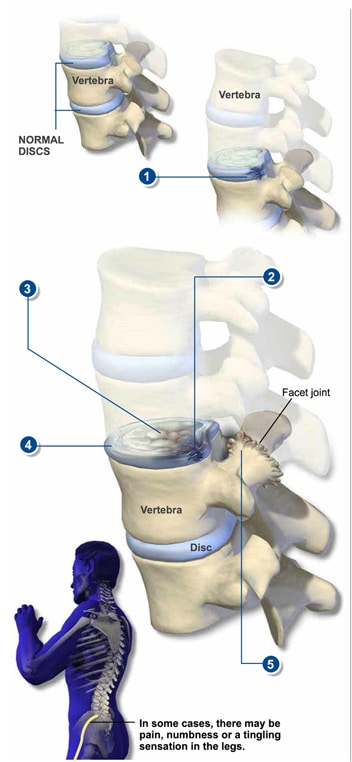Degenerative Disc Disease
Degenerative disc disease weakens one or more of your vertebral discs. Your discs normally act as a cushion between the vertebrae. Degenerative disc disease can develop as a natural part of the aging process, but it may also result from injury to your back.
Degenerative disc disease affects thousands of people every year in the United States alone. It’s a condition that causes pain and reduces the quality of life for every sufferer. While the condition can appear naturally as we age, it can still become a source of chronic pain. People with degenerative disc disease often pursue medical help to relieve that pain.
DEGENERATIVE DISC DISEASE SYMPTOMS
If you’ve injured your back, the site of the injury may be painful. You may experience pain, numbness or tingling in your legs. Strong pain tends to come and go. Bending, twisting and sitting may make the pain worse. Lying down often relieves pressure on your spine.
One of the first symptoms of age-related degenerative disc disease is a tingling or numbness in your extremities. This symptom may lead you to believe the source of the problem originates somewhere in your limbs, since you have no pain or discomfort in your spine. The tingling, however, is a warning sign. As nerves in your spine are pinched or crowded, they inflame, and as they inflame, your symptoms get worse.
Sometimes, the pain and discomfort begin in your lower back. You’ll notice it when you twist your torso or when you bend over to lift something. Other times, you may feel like your knees get weak. Your hips, buttocks or thighs may tingle or “go out on you” when you bend over or try to sit. These all can be signs of degenerative disc disease.
If the damaged disc is in your upper back, the pain often starts in your neck. You may feel pain that radiates out to your shoulders or even to your hands. People sometimes believe they’re having a heart attack if the pain radiates down the left arm.
Degenerative disc disease in your upper back can interfere with the blood flow to your brain, causing headaches. Advanced cases can cause vertigo, affect your memory and disrupt your ability to think clearly.
CAUSES OF DEGENERATIVE DISC DISEASE
The causes and courses of injury that contribute to degenerative disc disease generally follow a straightforward pattern:
- You injure your back.
- Inflammation sets in around the affected disc as your body attempts to relieve the injury.
- The inflammation causes the problem to become worse because it irritates the nearby nerves.
- White blood cells rush to the area, but they die when the blood supply gets pinched, leaving debris behind that your inflamed capillaries can’t carry away.
- The nerve endings that run up and down your spine are affected by the inflammation, which can cause pain.
- This condition, if untreated, can lead to chronic pain and a poor quality of life.
Here is a more technical look at the cause of degenerative disc disease:
 1. THE DISC WALL TEARS
1. THE DISC WALL TEARS
As shown in illustration 1, degenerative disc disease usually begins when small tears appear in the disc wall, called the annulus. These tears can cause some pain.
2. THE DISC WALL HEALS
The tears heal, often in a matter of weeks, but the healing process creates scar tissue that’s not as strong as the original disc wall. See illustration 2. If you keep injuring your back, the process of tearing and scarring can continue, which further weakens the disc wall.
3. THE DISC CENTER WEAKENS
Over time, the nucleus or center of the disc, called the pulposus, becomes damaged, losing some of its water content. The pulposus needs its water content to keep the disc functioning properly as a shock absorber for the spine. Refer to illustration 3.
4. THE NUCLEUS COLLAPSES
As shown in illustration 4, if the disc can no longer act as a cushion, the nucleus collapses. The vertebrae above and below this damaged disc slide closer together. This improper alignment causes the facet joints — the areas where the vertebral bones touch — to twist into an unnatural position.
5. BONE SPURS FORM
In time, this awkward positioning of the vertebrae may create bone spurs, as shown in illustration 5. If these spurs grow into the spinal canal, they can pinch your spinal cord and nerves, a condition called spinal stenosis.
DEGENERATIVE DISC DISEASE TREATMENT
Most degenerative disc disease treatments include therapy and non-invasive medical options. Chiropractic care has a great track record in treating this type of injury, as does osteopathic manipulation. A course of anti-inflammatory drugs helps reduce the inflammation around the nerves, giving the area a chance to heal on its own.
These options comprise the usual treatment for degenerative disc disease. Our conservative physicians believe that if they can relieve your pain for a short length of time, the source of your pain will repair itself.
In some cases, however, traction or spinal injections may be necessary. These treatments have seen positive results for the majority of people with more severe cases of degenerative disc disease.
For those who do not respond to any of these treatments, surgery is an option. While several surgical options are available, fusion and bone grafts are considered the last chance to solve degenerative disc disease.

 1. THE DISC WALL TEARS
1. THE DISC WALL TEARS